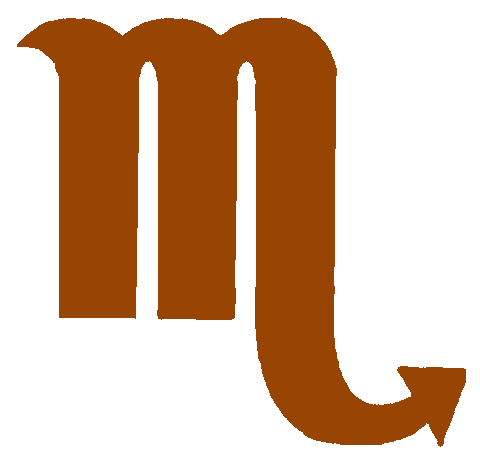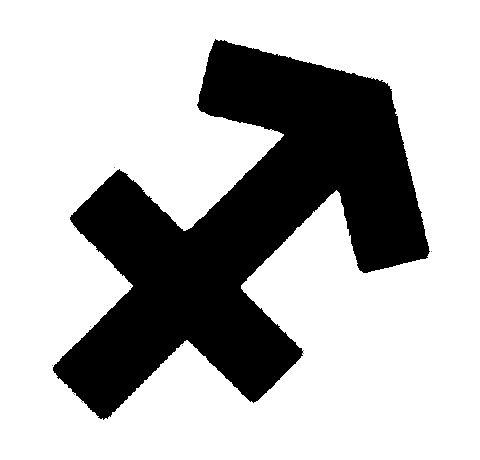
Australian solar company Natural Solar, has led the charge when it comes to battery power, as one of the first authorised installers to install the highly anticipated Tesla Daily Powerwall into a residential home in Australia this week.
Attracting worldwide attention, Australia has been one of the first regions globally to receive the Tesla Powerwall Home Battery. This long awaited installation, the first of many scheduled around the country, has occurred after the initial Tesla Powerwall shipment arrived in Australia this week.
“Since being announced as a Tesla Powerwall installer at the tail end of last year, Natural Solar has received an unprecedented number of enquiries about the Tesla Powerwall, indicating the Australian public is well and truly ready for this new frontier in renewable energy,” says Chris Williams, Managing Director of Natural Solar.
One of the first Australian families to have their very own Tesla Powerwall installed is the Pfizner family, based in Sydney’s Hills District. Their personal renewable energy solution includes the Tesla Powerwall Home Battery, an array of 5kWp, a SolarEdge inverter and monitoring software to see the direct output of energy from the entire system and the Tesla Powerwall.
Australians will have the chance to have their very own Tesla Powerwall installed with or without solar panels. Alternatively, for those with panels already installed, there is the opportunity for a retro-fit to occur allowing a Tesla Powerwall to be added along with a compatible inverter to an existing solar system.
“There are already 1.5 million Australian households that are using solar energy. The Tesla Powerwall is highly developed technology that will allow users to save money, and reduce their residential carbon emissions from day one,” continued Mr Williams.
The functionality of the Tesla Powerwall Home Battery is simple, with this device storing solar energy during sunlight hours allowing homeowners to use it at night, avoiding the need to sell excess energy back to the grid.
The Powerwall, which carries an impressive 10-year warranty period, has such a range of new and varied functionalities. It is also extremely affordable, with a number of payment plans and options from Natural Solar allowing customers to be cash flow positive from day one.
“Installations have been scheduled in each of the major states and territories starting from as early as next week,” commented Mr Williams. “For Natural Solar, as one of the first installers to bring the Tesla Powerwall to mainstream Australia is truly exciting and invigorating, and cements our position as leading experts in renewable energy and battery power. We are delighted to be working with Tesla Energy to drive the growth of battery power in Australia.”



































